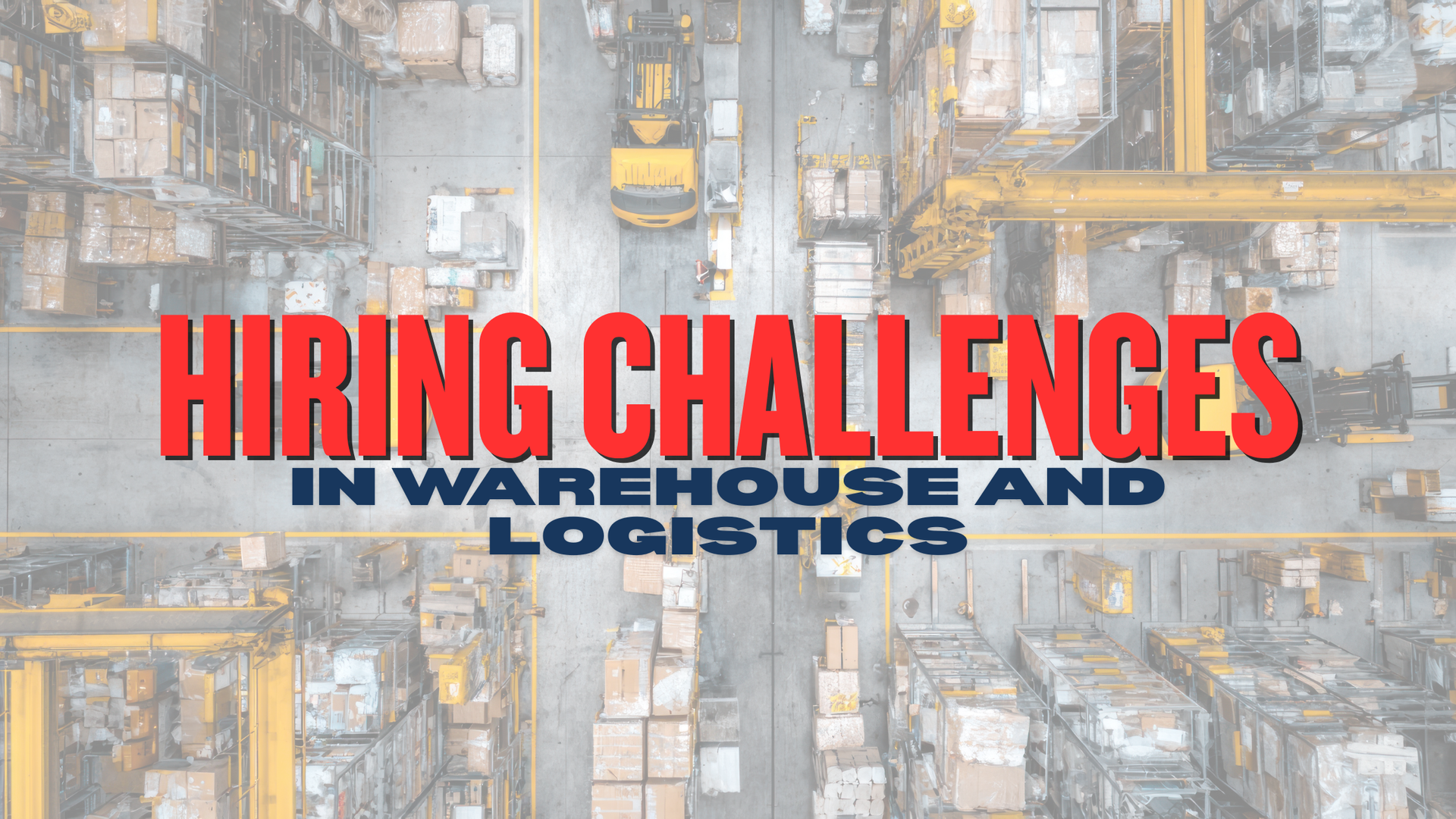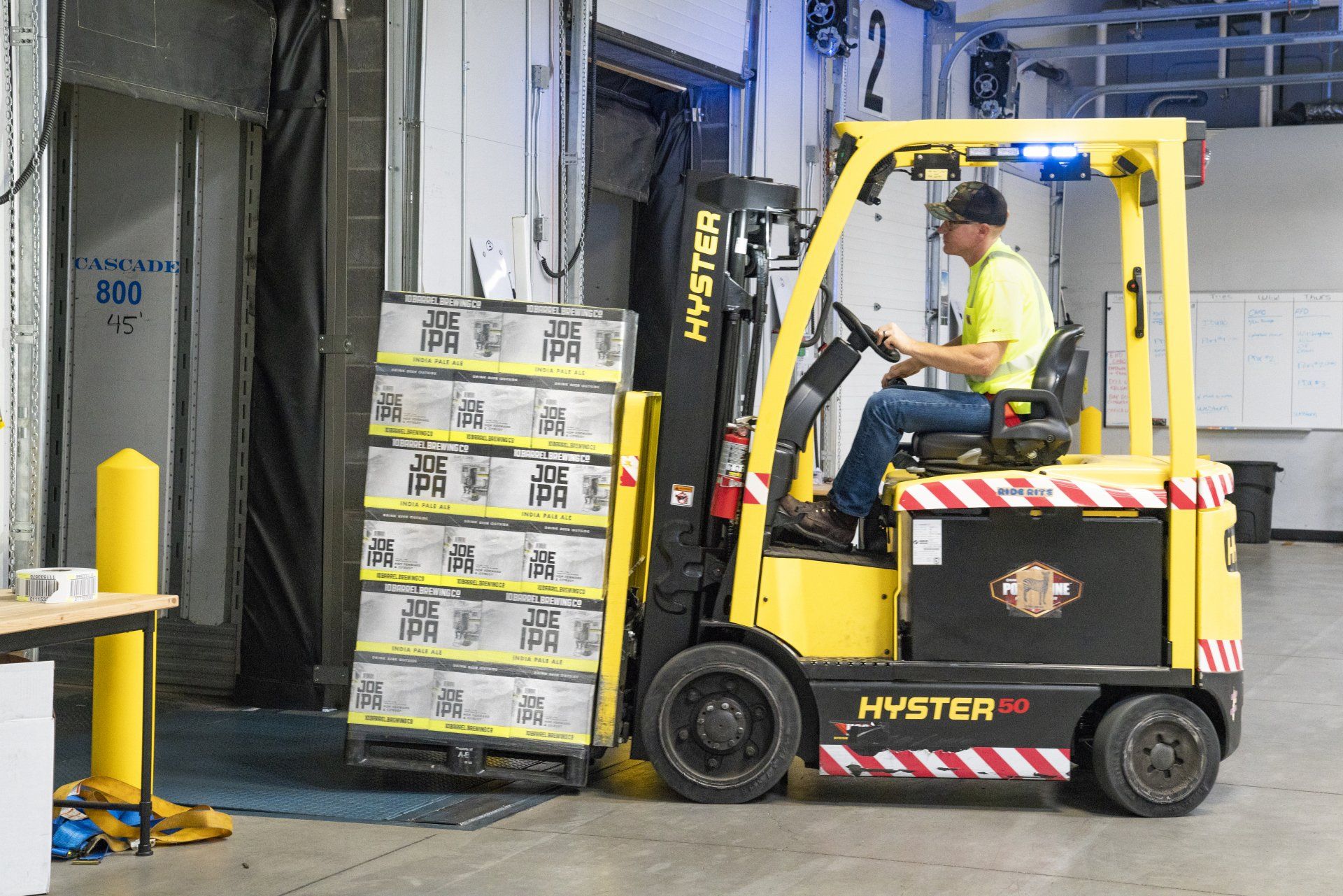What's The Difference Between Recruitment Agencies And Employment Agencies?
Finding work can be an overwhelming and confusing process if you're unsure of where to search. Our world is littered with technology allowing there to be a variety of job searching options available. These include Facebook, SEEK, LinkedIn, Jora, Indeed, newspapers, resume drops and more, resulting in the choices being overwhelming. But, in between all of the job searching mayhem is a great resource called agencies.
When it comes to agencies, there can be confusion between what services a Recruitment Agency and an Employment Agency provide. Although they sound so similar on the surface that it even Google gets confused, the way they operate is very different. As a job seeker, it is important to know what agency you need to contact in order to find a job that suits you.
So, to help you wrap your head around who does what, here are the big differences between Recruitment Agencies and Employment Agencies.
Job Seeker VS Worksite:
The biggest difference between Recruitment Agencies and Employment Agencies is whom they service. A Recruitment Agency works from the worksite/employer (their client) and an Employment Agency works from the jobseeker (their client).
To explain that again:
A Recruitment Agency will receive a job description, brief and specifications from a worksite/employer (their client) and look for the perfect job seeker to fill that role.
An Employment Agency will register a job seeker (their client) then contact work sites who have positions available to refer the job seeker for the role.
So to debrief that information once more, yes, both agencies find people work BUT they have different clients and priorities. Due to this, they both have different ways of operating.

Skilled VS Unskilled:
Now that you know what both agencies do, it is time to understand what type of job seekers they look for. When it comes to looking for a new job you are either unskilled or skilled. Skilled means you have experience, certifications and/or tickets to work in a particular role. Examples of these types of roles are an accountant, chef, construction worker or tradie. Unskilled means you have not got qualifications in the role you are wanting to get into. This could be because you are straight out of high school, changing industries or new to the region.
So when it comes to what agency seeks what:
A Recruitment Agency typically looks for skilled workers to suit the role available.
An Employment Agency will help any job seeker, but unskilled workers are more likely to be able to gain a role through them.
So overall, if you are seeking a position you have experience and skills for, a Recruitment Agency is your best bet. If you are looking to change careers or have no experience at all, Employment Agencies could be the way to go.

Funding:
A huge misunderstanding people have around Recruitment Agencies is that they only register people to meet KPI's so they can get funding from the government.
Recruitment Agencies are not government funded, the majority are privately owned. This means they do not receive any incentives from the government by registering a certain amount of people. Their financial model purely depends on finding their clients workers.
So next time you think a Recruitment Agency is just trying to pool in a bunch of job seekers, it is probably because they have a big order coming up.
So there you have it, those are the main differences between Employment Agencies and Recruitment Agencies. You must remember that there can be blurred lines between which one is which. Most Recruitment Agencies supply to specific industries, much like Capture Recruitment does, but Employment Agencies don't.
We at Capture Recruitment supply our services to businesses and job seekers in Transport and Logistics, Storage and Distribution, Trades and Construction, Manufacturing and Production as well as some white-collar industries.
If you are a Job Seeker looking to find a new job, visit our Job Vacancies
board: https://www.capturerecruitment.com.au/advancedsearch.aspx?search=1
If you are looking to hire employees in your business, please visit our Employers pages for more information or call us on (03) 9369 4459
I hope this article has helped you understand where you should head to find work, I wish you all the best in your future job search.











